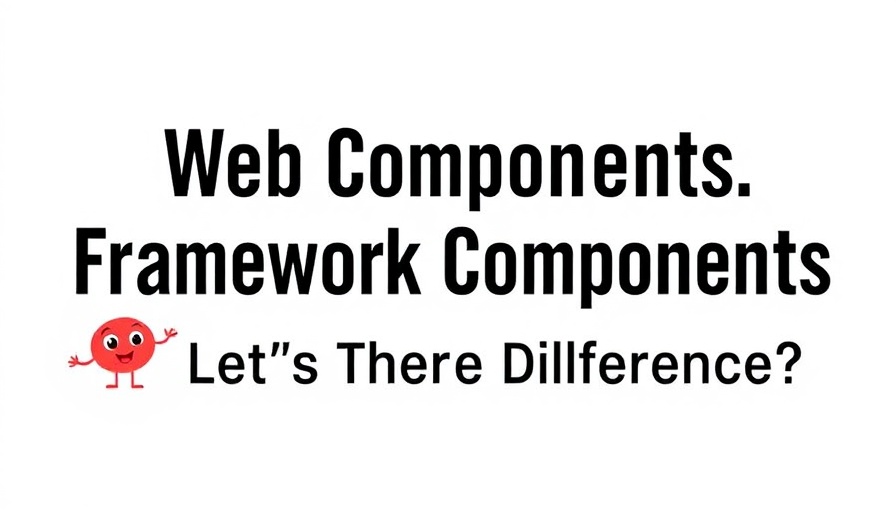
Understanding Elementor Editor: A Revolutionary Tool for Website Design
In today’s digital landscape, having an effective website is essential for every business, and the Elementor Editor is quickly becoming the go-to solution for website builders worldwide. This popular WordPress plugin holds a substantial 17% market share, and remarkably, it is utilized by 12% of all websites. What sets Elementor apart is its user-friendly interface designed for individuals without coding experience—making it accessible while also offering robust functionality for advanced developers.
Components of Elementor
At its core, Elementor's website-building process revolves around four primary components: templates, blocks, widgets, and custom code. Each plays a crucial role in the creation of seamless, visually appealing websites. Starting with templates, these predefined layouts facilitate rapid page design by providing a structural foundation, including headers and footers that unify the site’s appearance.
Moreover, blocks act as the building sections of a webpage, representing specific design areas such as hero sections, galleries, or testimonials. The flexibility to drag-and-drop blocks into the layout enhances user experience and expedites the design process.
Widgets: The Heart of Elementor
Widgets serve as the individual elements that inject specific content or functionality into blocks, such as images, buttons, or forms. The combination of these widgets allows users to build diverse and unique layouts based on the site’s requirements. Elementor's drag-and-drop capabilities mean users can create complex page designs effortlessly.
Customization Through Coding
For those with coding expertise, Elementor offers the Custom Code feature, allowing advanced users to implement custom CSS and JavaScript for unique styling and interactive elements. This capability invites developers to step beyond the pre-set boundaries of Elementor’s offerings and craft distinctly individual sites that reflect their or their client’s vision.
Bridging Technical Barriers
Elementor doesn’t just cater to seasoned developers; it is designed to empower anyone who wishes to create their own website. Its straightforward interface significantly lowers the barrier to entry for individuals and small businesses looking to establish an online presence. With Elementor, learning how to utilize essential website design components becomes streamlined, allowing users to focus on content and design without the steep learning curve often associated with website creation.
Future of Website Design with Elementor
The trend towards more accessible website design tools like Elementor is expected to continue growing. As businesses increasingly recognize the necessity of a strong online presence, tools that simplify the website creation process while providing ample room for creativity will thrive. Elementor positions itself at the forefront of this movement, catering to both non-technical users and experienced web developers, suggesting that the future of website design will increasingly favor user-friendly, flexible platforms.
In conclusion, whether you are a novice or an expert, the Elementor Editor provides a suite of features to cater to your website creation needs. The balance between ease of use and the potential for complex customizations enables anyone to bring their vision to life effectively and efficiently.
 Add Row
Add Row  Add
Add 






Write A Comment